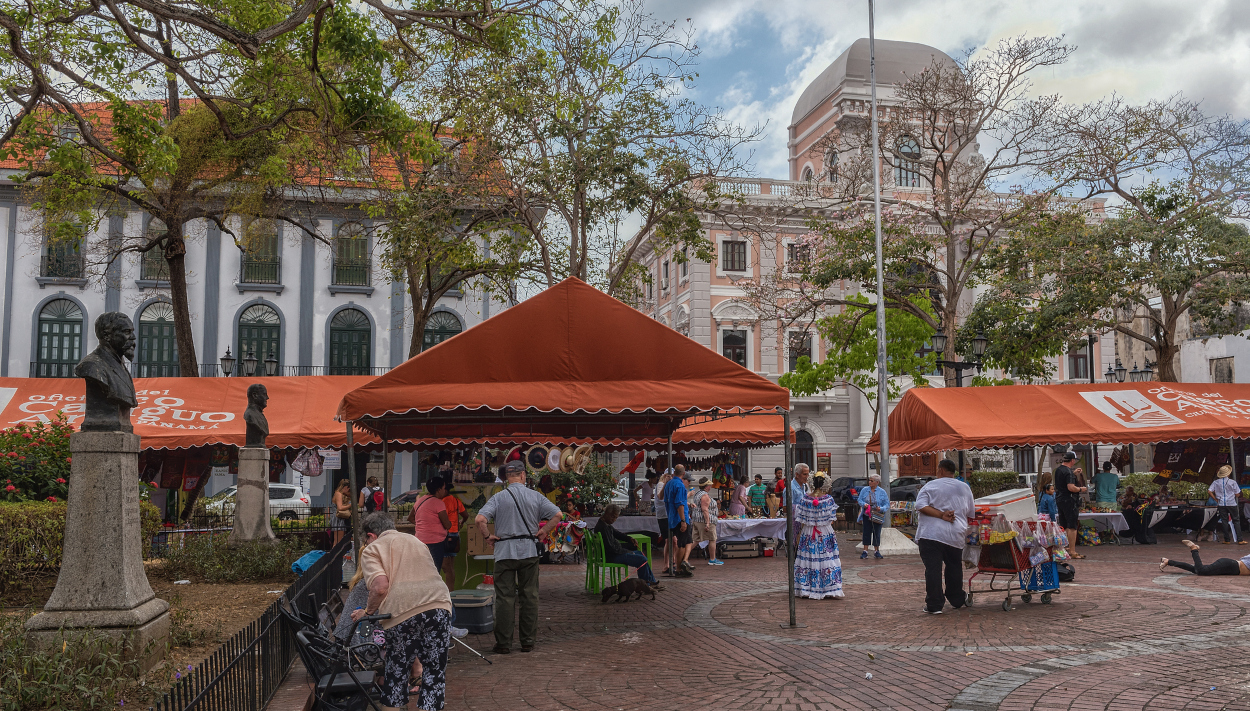Panama: Newly elected president Mulino will face a myriad of challenges

Event
At the May 2024 elections, José Raúl Mulino, a former security minister from the centre-right Realizando Metas party, was chosen as Panama’s new president. Mulino’s victory is not surprising as he enjoys support from the popular ex-president Ricardo Martinelli (2009-2014). Interestingly, Mulino’s candidacy was only declared constitutional by the Supreme Court a few days prior to the elections, as he replaced Martinelli at the last moment. Martinelli could not run as he was convicted of money laundering and currently lives in Nicaragua. When Mulino takes office in July, his primary task will be to build a consensus in a fragmented Congress composed by a significant number of left-leaning independents. That being said, the president and the Congress are expected to maintain a pro-business and pro-investment administration as has been the case over the past few decades.
Impact
José Raúl Mulino will face significant challenges. On top will be tackling the low water levels in the Panama Canal. The canal typically serves as the country’s largest source of exports, contributing to a fifth of the current account revenues. However, climate change is likely to frequently cause low water levels and reduce ship transit in the Panama Canal in the future. Currently, two main plans have been proposed to address the problem: a USD 3 billion pipeline to transport water from Lake Bayano or a USD 1 billion new dam in the Indio River basin. Whatever the option Mulino chooses, infrastructure works are likely to start during his term.
Another key challenge will be compensating for the decrease in current account revenues caused by the recent suspension of operations in the country’s largest copper mine, Cobre Panama. As a result, the country’s solvency ratios (particularly the total external debt to current account revenues ratio) are showing signs of deterioration. Moreover, partly because of the losses in current account revenues, the current account balance is expected to shift from a surplus of 2% of GDP last year to a moderate deficit of -2% of GDP in 2024.
Another priority will be to fulfil his election promise to revive the economic boom of the past decades. Economic growth reached an impressive 6% on average between 2004-2024. However, the halt of the copper mine is contributing to a slowdown in economic growth, projected at 2.5% this year, compared to 7.3% last year. Mulino hopes to boost economic growth mainly with infrastructure projects, a policy that enjoys broad party support, but that is likely to deteriorate the public finances (though still at a manageable level of about 50% of GDP in the end of 2023) and increase the external debt.
Analyst: Jolyn Debuysscher – J.Debuysscher@credendo.com